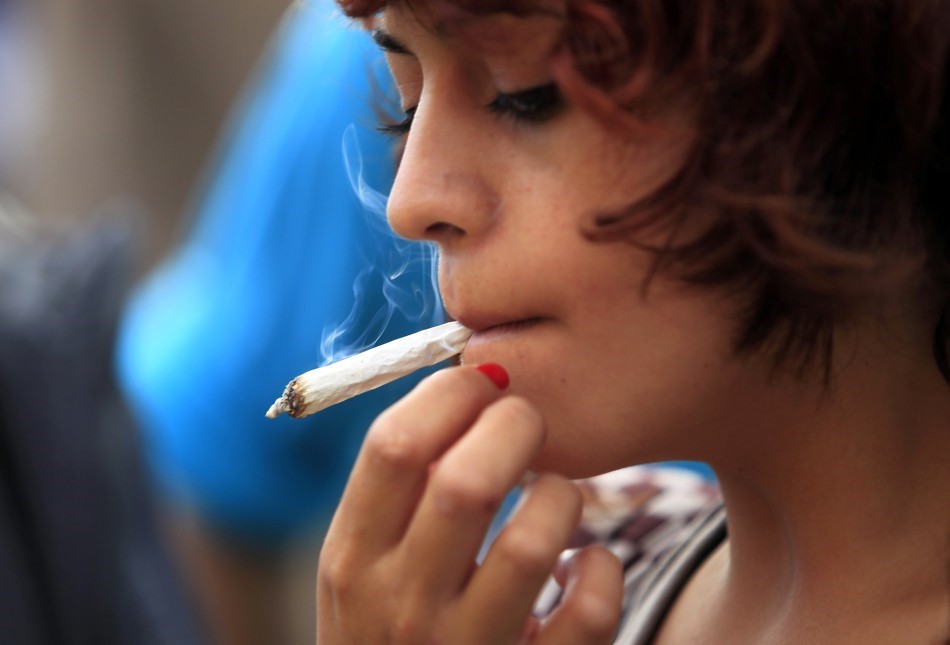
Study Shows Strong Association Between Perceived Risk, Availability and Past-Year Cannabis Use
News Wise 15 July 2021
Individuals who perceived cannabis as both low-risk and available were 22 times more likely to have used cannabis in the past year than those perceiving cannabis as both high-risk and unavailable.
Combined perceptions of the risk and availability of cannabis influence the risk of cannabis use more than perceived risk and perceived availability alone, according to a new study at Columbia University Mailman School of Public Health. Researchers observed that those who perceived cannabis as low-risk and available were more likely to report using the drug in the past year and almost daily compared to those individuals who perceived cannabis as high-risk and unavailable. This is the first study to consider the joint effects of perceived risk and perceived availability. The results are published in the journal Drug and Alcohol Dependence.
“Our study described the evolution of joint perceptions of cannabis risk and availability from 2002-2018 and estimated the relationship between combined perceptions and past-year cannabis use, frequent use, and cannabis use disorder,” said Natalie Levy, MPH, doctoral student in the Department of Epidemiology at Columbia Mailman School, and first author. “Studying perceived risk and availability in conjunction revealed more nuanced patterns than considering each perception in isolation..”
Using data on 949,285 participants from the National Surveys on Drug Use and Health from 2002-2018, researchers observed that the prevalence of perceiving cannabis use as low-risk doubled over this period while the prevalence of perceiving cannabis as available increased only marginally. When looking at joint categories of perceived risk and perceived availability, they found that prevalence of perceiving cannabis as both low-risk and available increased, from 17 percent in 2002 to 36 percent in 2018 while the proportion of the population perceiving cannabis as high-risk and available or high-risk and unavailable declined. By 2018, a larger proportion of the population perceived marijuana as low-risk and available (36 percent) than both high-risk and available and high-risk and unavailable, at 26 percent and 27 percent, respectively.
Individuals who perceived cannabis as low-risk were six times more likely to have used cannabis in the past-year than individuals who perceived the drug as high-risk. Similarly, individuals who perceived cannabis as available were five times more likely to have used cannabis in the past year than individuals who perceived it as unavailable. However, individuals who perceived marijuana as both low-risk and available were 22 times more likely to have used the drug in the past year than those who perceived cannabis as high-risk and unavailable.
In 2018, most individuals who reported no past-year cannabis use perceived cannabis as high-risk, whether or not they distinguished between its availability or non-availability. In contrast, the majority of individuals who used cannabis in the past year perceived the drug as low-risk and available and this perception rose to even higher levels among those reporting frequent use.
READ MORE: https://www.newswise.com/articles/study-shows-strong-association-between-perceived-risk-availability-and-past-year-cannabis-use
